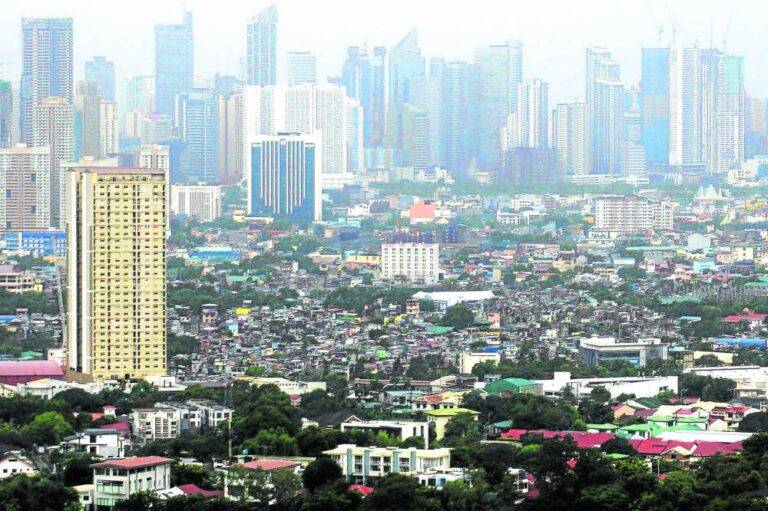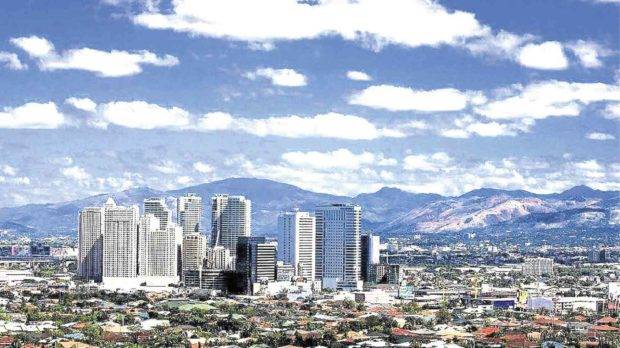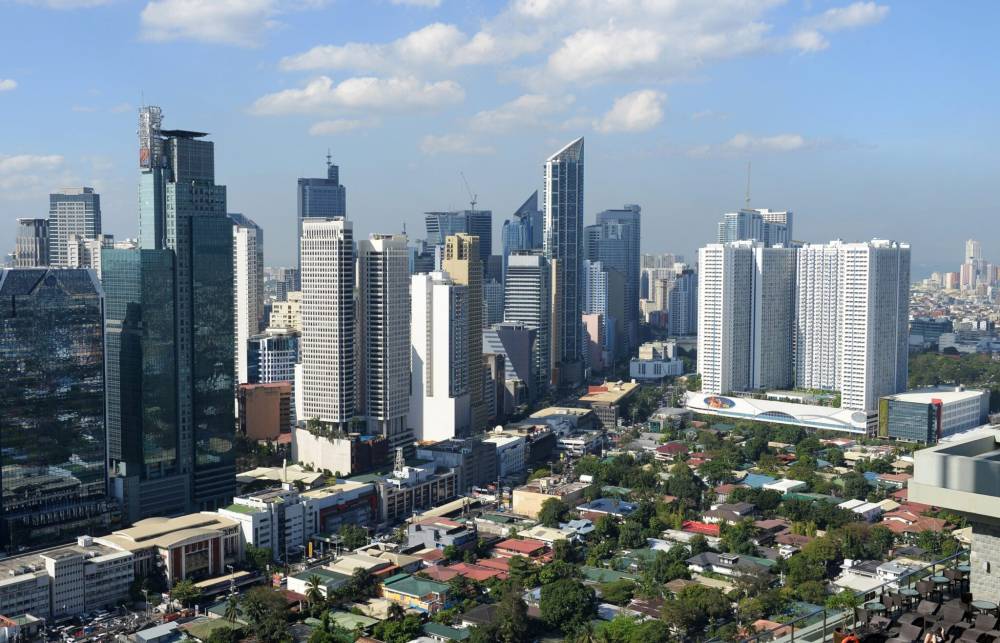Philippine property’s recovery enablers

(First of two parts)
There’s a lot of buzz recently about condominium oversupply in Metro Manila.
Colliers Philippines, in fact, was the first real estate services firm that highlighted the sizable number of unsold condominium units (covering pre-selling and ready-for-occupancy or RFO) in Metro Manila.
While it is true that Metro Manila experiences challenges with its unsold condominium units, not all developers are affected by the oversupply, which has resulted in price and rental correction in the secondary (completed and turned over to owner) condominium market.
It is important to note that not all condominium price segments are experiencing the adverse effects of the overhang and that some business districts are doing relatively better than other submarkets.
Upscale and luxury markets remain resilient
As I mentioned in my previous pieces, the luxury and upscale markets (at least P12 million and higher per unit) only cover 5 percent of the unsold ready for occupancy (RFO) inventory in Metro Manila as of Q3 2024.
Out of the 75,000 unsold units (pre-selling and secondary condominium), about 27,000 units are RFO. And of the RFOs, 57 percent are from the mid-income segment (P3.6 million to P12 million per unit).

Dissecting the unsold inventory
In our view, the oversupply from the mid-income segment is partly due to elevated interest and mortgage rates as well as rising land values and prices of construction materials, which reached a 14-year high in 2022.
All these contribute to higher prices of condominium units even at the height of the pandemic from 2020 to 2022.
Also, not all submarkets in Metro Manila are suffering from this oversupply issue.
Based on latest Colliers Philippines data, Quezon City, Pasig, and Parañaque accounted for 44 percent of unsold RFOs. The more established business hubs, including Makati central business district (CBD), Fort Bonifacio, Ortigas Center and Rockwell Center, account for a measly 3 percent of the unsold RFOs.
This is pretty understandable given that these submarkets recorded sustained office space take up even at the height of the pandemic. Expats also drove the demand for upscale condominium units in these major business districts.
As early as 2022, Colliers Philippines reported the influx of returning foreign employees to Metro Manila, with Makati CBD, Fort Bonifacio, Ortigas Center, and Rockwell Center cornering the demand.
Remaining inventory life: The real picture
I also received comments about our statement on the remaining inventory life (RIL) or the length of time it will take then market to absorb the unsold units.
Based on our latest data, it will take about 70 months or almost six years to fully sell out the unsold RFOs.
I think what I need to stress is the fact that six years is not fixed. Of course, if we see faster take-up or absorption over the next 12 months, the RIL will definitely shorten. This, however, depends on the pace of take-up of condominium units over the next 12 months. So if we see slower condominium absorption, the RIL is also likely to lengthen.
Note that from 2017 to 2019, a period influenced by additional demand from offshore gaming firms from China, RIL in Metro Manila was only about a year or 12 months. The POGO exodus, coupled with the adverse impacts of the pandemic, exacerbated the condominium oversupply issue all over the capital region.

Quo vadis, Metro Manila property?
Let me emphasize that it is not all doom and gloom for the Philippine property, especially for the condominium market in Metro Manila.
Definitely, there are factors which will likely play a pivotal role in resuscitating the Metro Manila condominium market.
On a macro viewpoint, the Philippines’ gross domestic product (GDP) remains as one of the fastest growing in Southeast Asia.
We have a Gen Z and millennial dominated workforce that fuels our outsourcing segment and continues to be deployed for overseas employment. Remittances from overseas Filipino workers (OFWs) account for about a tenth of our country’s economy. Both OFW and business process outsourcing (BPO) sectors remain in tiptop shape, even challenging each other as the biggest contributing economic sector to the Philippine GDP. Developers have become more active in targeting demand from this young workforce.
Challenges posed by AI
The Philippine outsourcing sector remains dynamic despite challenges posed by artificial intelligence.
Latest Colliers Philippines data showed that information technology and business process management (IT-BPM) firms continue to open shop in the Philippines while existing ones are still expanding and occupying greater office space.
As of 9M 2024, the IT-BPM sector covered 40 percent of total office space deals in the capital region. Outside Metro Manila, we see sustained take-up in Cebu, Pampanga, Iloilo, Bacolod, Cagayan de Oro, and Davao.
In Metro Manila, key business districts such as Makati CBD, Fort Bonifacio, and Ortigas Center continue to welcome IT-BPM locators, including Accenture, Concentrix, Telus, Infosys and iQor.

Stoking demand
The OFW remittances will likely play an important role in stoking demand in Metro Manila’s pre-selling condominium sector.
Hence, it is no longer surprising to see national developers proactively tapping demand by mounting international roadshows. The prospects look good especially with the central bank forecasting cash remittances to grow by three percent this year.
Moving forward, these initiatives should be supported by the central bank’s decision to cut interest rates. The Bangko Sentral ng Pilipinas (BSP) already announced that further rate cutting is in the offing. Lower interest rates are a boon to the residential market especially the mid-income condominium segment seeing stifled demand at this point.
Other recovery enablers for the Philippine residential market include the aggressive infrastructure implementation and decentralization thrust of the government; developers’ implementation of attractive and flexible payment terms for pre-selling and RFO units; government-projected rebound of the leisure sector; Philippine developers’ joint ventures with foreign firms; and windfall from the 2025 midterm and 2028 national elections, which should positively influence residential take up in the capital region. These will be discussed next week.
(To be continued)
Email joey.bondoc@colliers.com
Prior to joining Colliers in March 2016, Joey worked as a Research Manager for a research and consutancy firm where he handled business, political, and macroeconomic analysis. He took part in a number of consultancy projects with multilateral agencies and provided research support and policy recommendations to key government officials and top executives of MNCs in the Philippines.





















